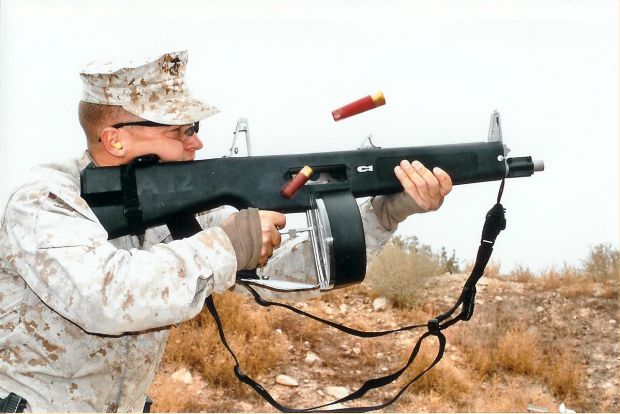

To the left of the 'Add' button is a menu for # Along one line of the editor you should see four buttons to add, delete, move There are up and down arrows for changing the order in # For each graphic in the region rendition, the editor presents controls for # program in line with your changes, or vice-versa. # will then need to click on the 'Apply' and 'Revert' to bring the rest of the # make several changes before they are rebuilt, disable this function. # leave this on, but if your graphics are slow to create and you wish to # externally are automatically reflected in the editor. # in the areas below are applied immediately, and whether changes made # The 'Auto' button on the scene editor controls whether changes you make # graphics (matching whether name is contained in the graphic name) can also be # Visibility of regions (not so useful with just one here) and individual # graphic and click it off and on to toggle their visibility. # graphic in the rendition has a visibility checkbox too. # root region you will see the list of graphics making up its 'rendition'. # Each region has a checkbox controlling its visibility. # is a region tree view which for this example only contains the root region "/". # Spend some time looking at the parts that make up the editor. # Now open the scene editor, either by selecting it from the 'Graphics' Now open the graphics window and set the view you # graphics - they exist in the default 'scene'. # Note that you do not need a graphics window open to set axes or create Gfx modify g_element cube lines as cube_lines coordinate coordinates material default # use tessellation objects on each graphic to control this. # quality of graphics created after this point. # 'circle_discretization' and 'element_discretization' to set default # For backward compatibility, use the deprecated general settings Gfx define tessellation default minimum_divisions "16" refinement_factors "1" Gfx modify g_element "/" point glyph axes general size "1.2*1.2*1.2" material default selected_material default_selected Gfx create material gold ambient 1 0.7 0 diffuse 1 0.7 0 specular 1 1 0.8 shininess 0.8 Gfx create material trans_purple ambient 0.4 0 0.9 diffuse 0.4 0 0.9 alpha 0.5 Gfx create material kermit ambient 0 0.7 0.2 diffuse 0 0.7 0.2 specular 1 1 1 shininess 0.5 # colour, while 'gold' looks somewhat like the precious metal. # 'kermit' is green and shiny, 'trans_purple' is a semi-transparent purple # Create a few materials in addition to the default for use later. Comments and instructions for things you can do are # Be sure to run the commands in this example in the order they are presented,
Aa2 mods lighting how to#
# lighting and transparency, and shows how to move nodes visually with the It shows off several features such as materials, This example demonstrates how to use this editor to make a # giving them a graphical rendition is as simple as a few clicks in the # Provided you have placed your elements (and nodes) into appropriate groups, #Example_a2: Scene editor, lighting: decorating a cube The comfile run by this example is as follows: If you are using the firefox web browser and have installed the Zinc extension you can run this example using Zinc (unsigned) - requires some configuration of Firefox security settings.įor more information about running zinc see The Zinc web page. Use materials, lighting and different graphic types to decorate a cube. Scene editor, graphical elements and lighting: decorating a cube


 0 kommentar(er)
0 kommentar(er)
